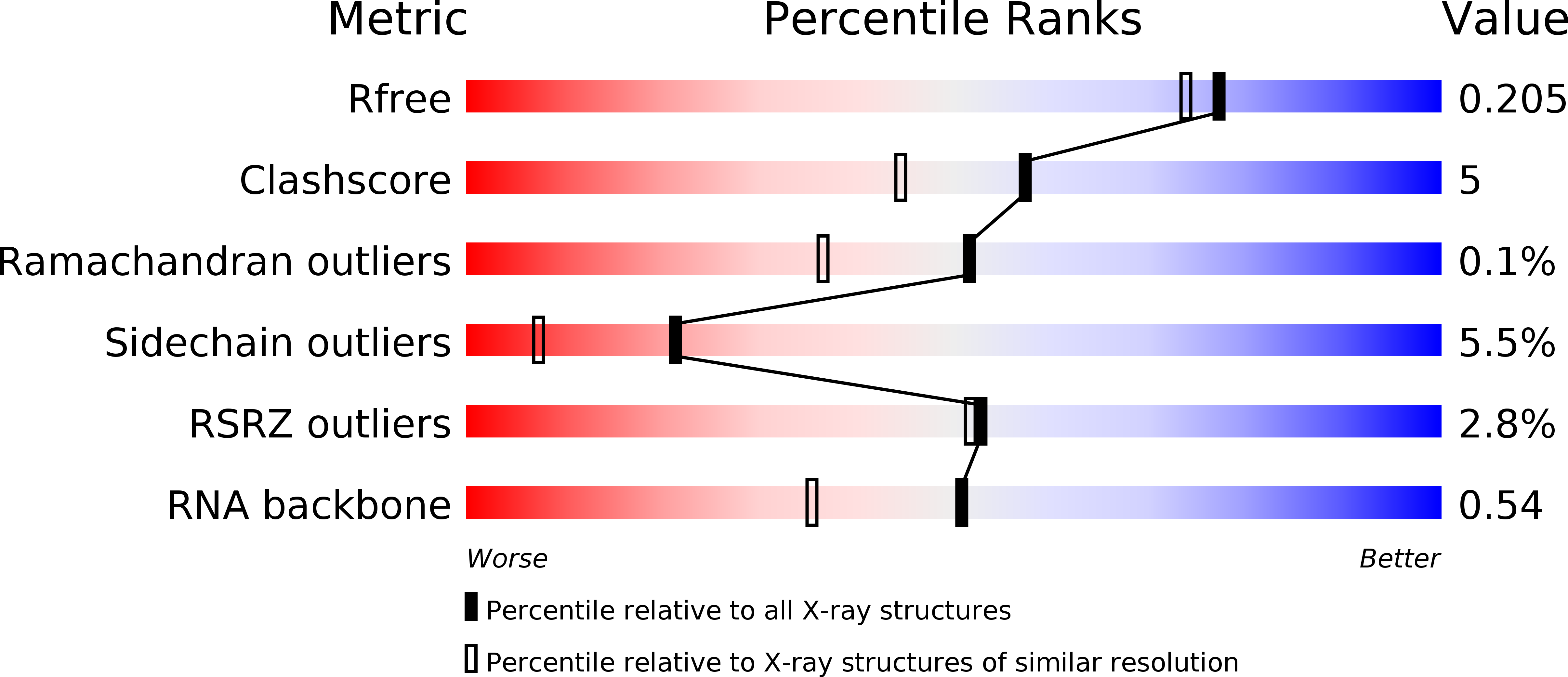
Deposition Date
2018-12-02
Release Date
2019-06-19
Last Version Date
2023-11-22
Entry Detail
Biological Source:
Source Organism:
uncultured Ruminococcus sp (Taxon ID: 165186)
Host Organism:
Method Details:
Experimental Method:
Resolution:
1.86 Å
R-Value Free:
0.19
R-Value Work:
0.16
R-Value Observed:
0.17
Space Group:
P 21 21 21


